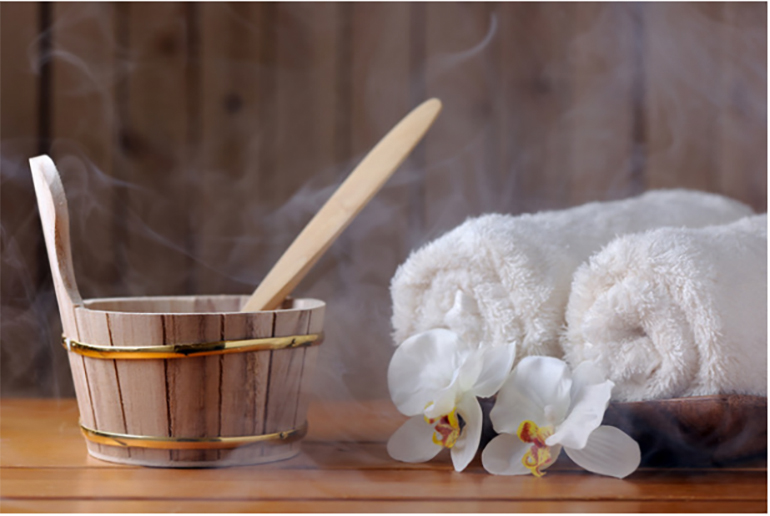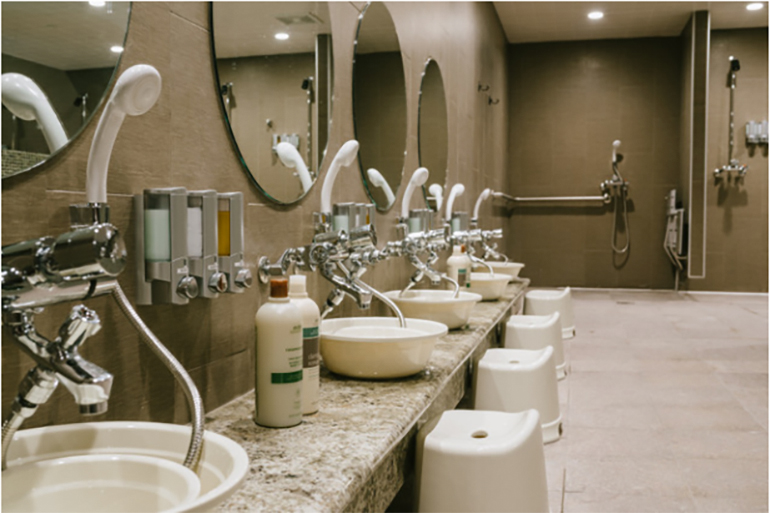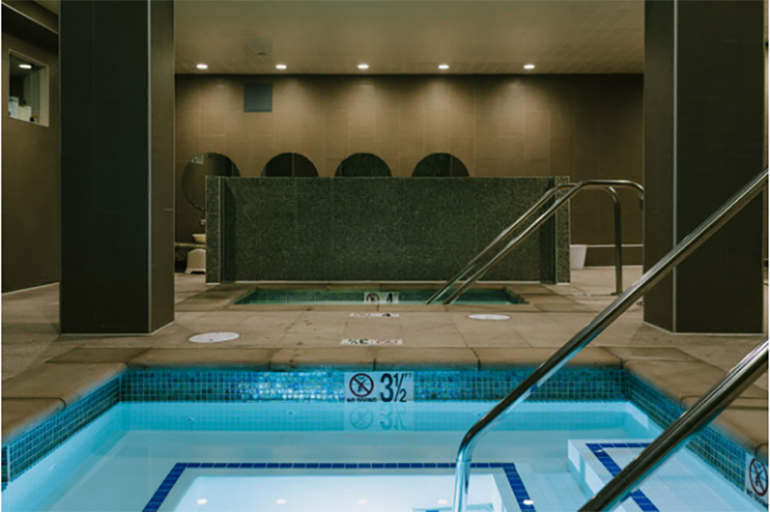
You don’t have to fly to Seoul, South Korea to find out why the “Jimjilbangs” or Korean bathhouses might just be the next big thing. Luckily for us there are several such spas right here in the Bay Area. Let’s explore what happens in theses bathhouses and why they can be a healthy and therapeutic addition to one’s wellness and beauty rituals.
The origins of the “Jimjilbang” traditions may be linked to the natural hot springs that have been in use for over a thousand years in South Korea. They became popular at the time of Japanese rule and have since become part of a weekly ritual in Korean culture. The primary goal is to cleanse and detoxify the body through hot and cold hydrotherapy, various therapeutic saunas, massage and the infamous and intense full body scrub called “Seshin.”
It is not uncommon for family members of all generations, both men and women to congregate at the “Jimjilbang” for an entire day of services, socializing and relaxation and many partake weekly as is tradition. Some bathhouses host a variety of other amenities including restaurants, nail salons and even a golf course. It is not at all uncommon to spend the night at the Jimjilbang should one be so inclined. Men and women have separate bathing facilities and are most often treated by a member of their own sex.
Luckily, the American adaptations of a Korean bathhouse still boast many of the same treatments and health benefits but are mostly run like the day spas we are accustomed to.
What to Expect
Upon arrival you will be given a robe and sandals and most likely escorted to your locker in the changing rooms. Keep your robe and towel handy if you are not comfortable being naked as these bathhouse are clothing free.
You will be encouraged to partake in the bathing ritual, which is at a minimum, a thirty-minute process. The idea is to moisten and soften the skin to the point of “pruning.” This will help your skin release the outermost layers during “Seshin” or the full body scrub. Start by sitting on a traditional bathing stool. Pump a little soap into your bowl and then cleanse your entire body thoroughly. Once you have rinsed you may enter either a steam room or a Jacuzzi to start the ritual. Alternate between hot and cold hydrotherapy options. I have been told anywhere from five to ten minutes of a warm treatment followed by a three minute cold plunge should suffice. Repeat these steps for at least thirty minutes then wrap up in your robe and towel and relax until you are called for your treatment.
The “Seshin” Ritual
This is one intense full body scrub. The practitioner who will no doubt be wearing a black bikini ushers you onto a plastic wrapped, padded table to begin the process of exfoliating your skin. They use hand mitts, which are made of an Italian nylon and feel like a loofa or quite honestly the equivalent of sand paper. You will be scrubbed thoroughly from head to toe for approximately twenty to thirty minutes. They will not miss a spot but just go with it!
This has been called,” the scrub of a lifetime” by many. Once your scrub is complete you will be rinsed with warm water and milk to soften and hydrate the skin. You may end your treatment there in which case oil will most likely be applied to your body to maintain moisture.
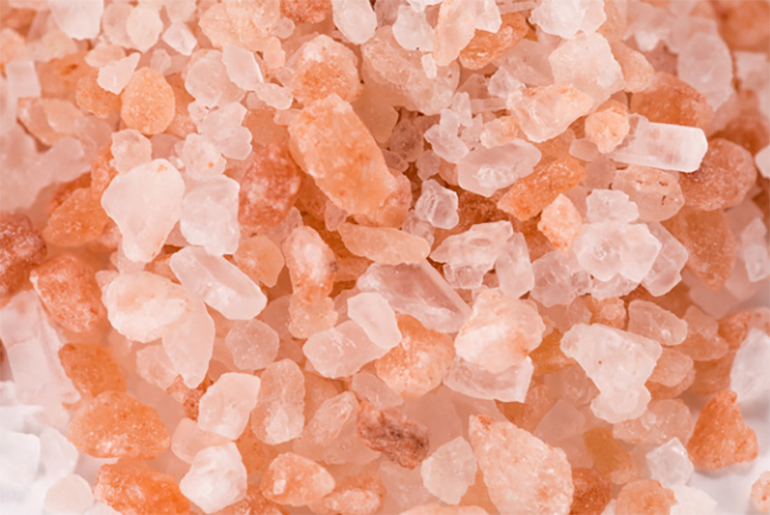
Adding a massage is highly recommended and to many considered a non-negotiable next step. The oil massage is usually light to medium in pressure and preformed with a rapid but fluid movement that feels relaxing and invigorating all at the same time. This is followed by a facemask, scalp massage and shampoo.
Once you have completed your “seshin” and massage you are free to lounge around in the relaxation room, sip some tea and rest or you may partake in any of the therapeutic saunas. I usually rotate between them depending of what they offer and what I feel my body needs at the time. The health benefits of each room are usually displayed on a sign outside the door but can range from detoxification of the body to deep muscle relaxation. According to a study in Alternative Therapies in Health and Medicine, a peer reviewed journal, saunas help to rid the body of heavy metals and chemical xenobiotics. Far-infrared rooms in particular penetrate deep into the body releasing toxins that are stored in the fat tissue which can help to normalize blood pressure, relieve chronic pain and promote weight loss.
Other possible health benefits of Korean bath rituals:
Scrubs – Cleanses and deeply exfoliates skin
Improves blood and oxygen circulation
Stimulates the lymph system
Releases toxin build up in the body
Promotes reduction of cortisol levels
Generates relaxation
Detoxifies the body
Boosts energy and endorphin production
Reduces inflammation
Strengthens immune system
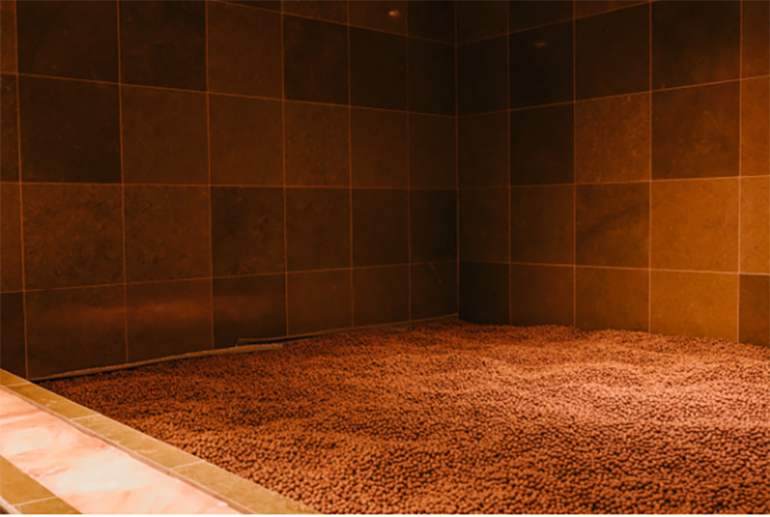
Once completed, the Korean bathhouse ritual will leave your skin soft and smooth and you will feel remarkably relaxed and simultaneously invigorated! I certainly hope this trend is here to stay. See below for a list of where to go in San Francisco to get your Korean Spa experience.
Imperial Spa and Sauna
Hours 8:00 a.m.–10:00 p.m.
Range $60-$140
415.771.1114
1875 Geary Blvd.
Pearl Health Spa and Sauna (women only facility)
Hours 8:00 a.m–9:30 p.m.
Range $60-$150
415.580.7142
1654 Post St.
Kabuki Springs & Spa
Hours 10:00 a.m.–10:00 p.m.
Range $75-$190
415.922.6005
1750 Geary Blvd.
This article originally appeared in Marin Magazine’s print edition under the headline: “Are Korean Spas the Next Global Trend?”
 Allison Quistgard Scherer is a freelance writer and blogger that specializes in wellness, travel and beauty. She is a former expert consultant for Space NK Apothecary, London. She had been featured on Marin T.V.’s “Healing from the ground up” as a Board-certified skin care expert. She is a freelance writer for Marin Magazine in California and was a contributing writer for the book “Project You”. Allison is the Founder of Sprig and Glow, a blog dedicated to a healthy lifestyle.
Allison Quistgard Scherer is a freelance writer and blogger that specializes in wellness, travel and beauty. She is a former expert consultant for Space NK Apothecary, London. She had been featured on Marin T.V.’s “Healing from the ground up” as a Board-certified skin care expert. She is a freelance writer for Marin Magazine in California and was a contributing writer for the book “Project You”. Allison is the Founder of Sprig and Glow, a blog dedicated to a healthy lifestyle.

